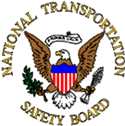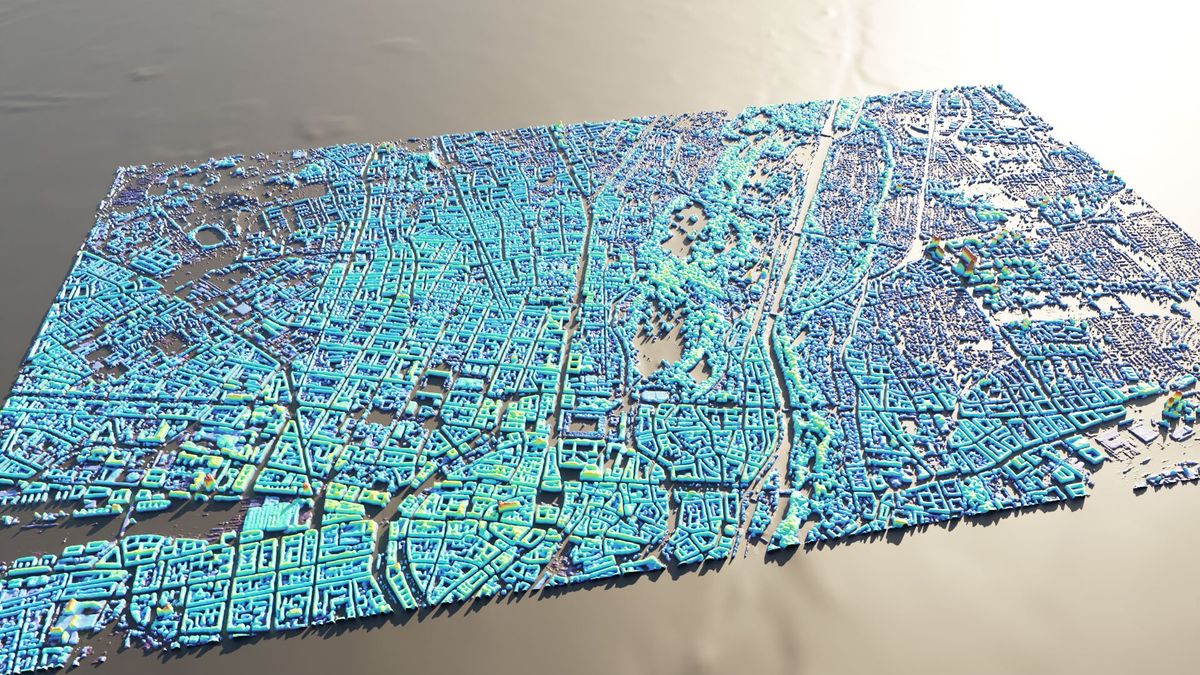The US National Transportation Safety Board (NTSB) sent out a press release yesterday saying that it had "adopted a study concluding that single engine airplanes equipped with glass cockpits had no better overall safety record than airplanes with conventional instrumentation."
This was counter to what the NTSB had expected to find.
Quoting from the release,
"The safety study, which was adopted unanimously by the Safety Board, was initiated more than a year ago to determine if light airplanes equipped with digital primary flight displays, often referred to as "glass cockpits," were inherently safer than those equipped with conventional instruments.
The study, which looked at the accident rates of over 8,000 small piston-powered airplanes manufactured between 2002 and 2006, found that those equipped with glass cockpits had a higher fatal accident rate then similar aircraft with conventional instruments.
The Safety Board determined that because glass cockpits are both complex and vary from aircraft to aircraft in function, design and failure modes, pilots are not always provided with all of the information they need - both by aircraft manufacturers and the Federal Aviation Administration - to adequately understand the unique operational and functional details of the primary flight instruments in their airplanes."
Nearly all newly manufactured piston-powered light airplanes are equipped with digital primary flight displays, the NTSB says, and older aircraft are increasingly becoming retrofitted with them as well.
Improved training is seen as a key to gaining the benefits of these improved displays.
NTSB Chairman Deborah Hersman is quoted in the press release as saying, "The data tell us that equipment-specific training will save lives. To that end, we have adopted recommendations today responsive to that data - recommendations on pilot knowledge testing standards, training, simulators, documentation and service difficulty reporting so that the potential safety improvements that these systems provide can be realized by the general aviation pilot community."
The full NTSB study will be released in a few weeks. When it does, I will post more of its details.
As a side note, IEEE Spectrum senior editor William Sweet wrote about the issues of introducing glass cockpits into commercial airliners in this 1995 Spectrum article.
Robert N. Charette is a Contributing Editor to IEEE Spectrum and an acknowledged international authority on information technology and systems risk management. A self-described “risk ecologist,” he is interested in the intersections of business, political, technological, and societal risks. Charette is an award-winning author of multiple books and numerous articles on the subjects of risk management, project and program management, innovation, and entrepreneurship. A Life Senior Member of the IEEE, Charette was a recipient of the IEEE Computer Society’s Golden Core Award in 2008.



